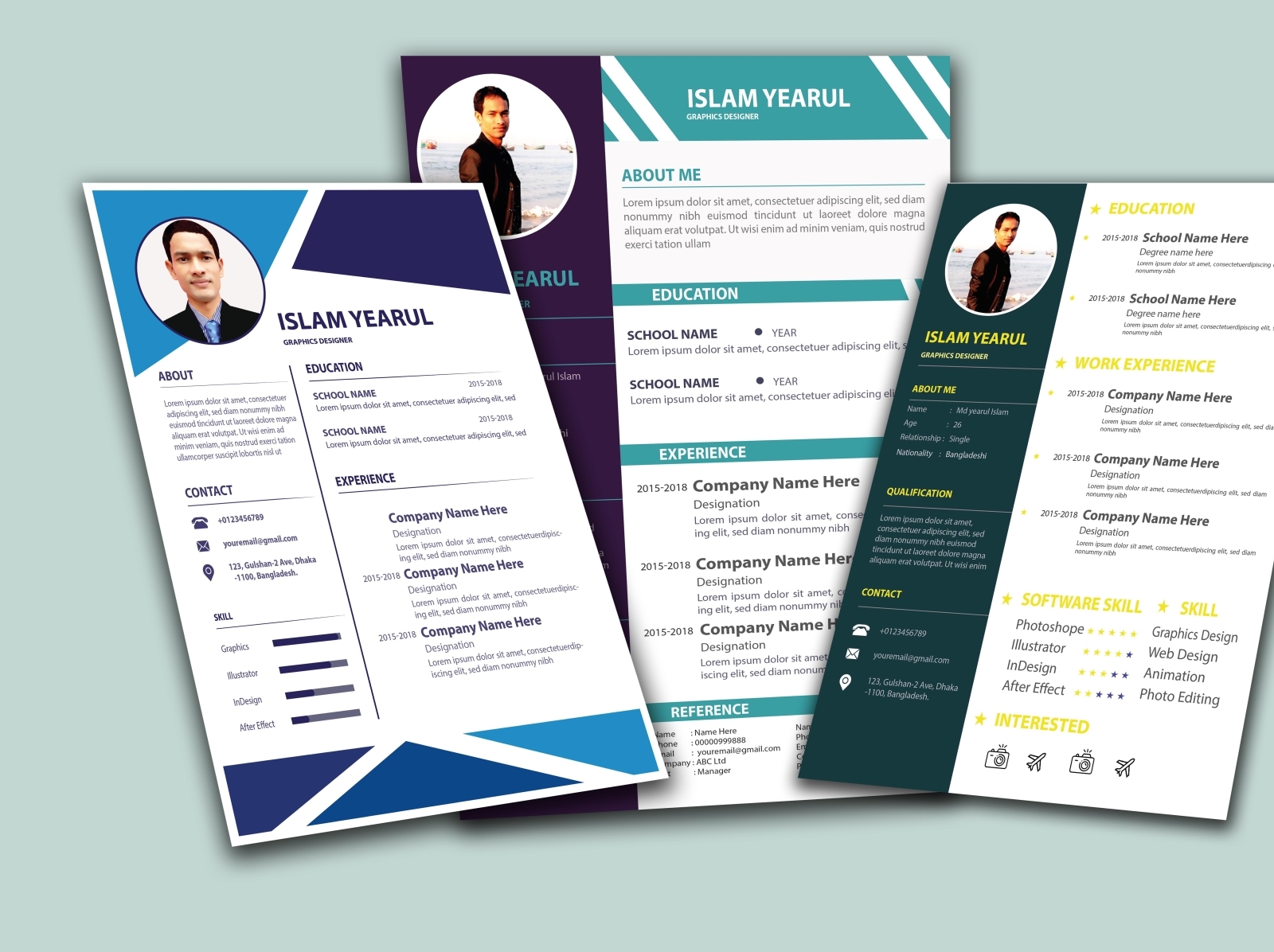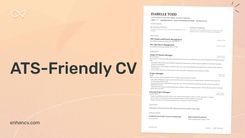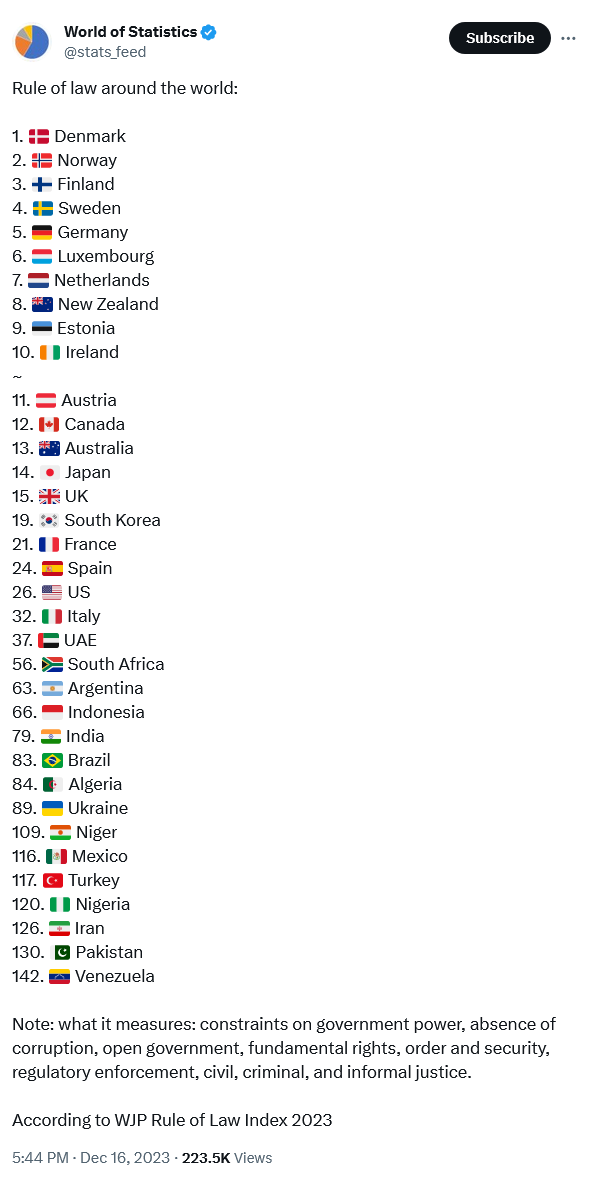This comprehensive guide will teach you everything you need to know about writing and designing a resume and CV that will help you get noticed by recruiters and land your dream job.
Introduction
Your resume and CV are often the first impression you make on potential employers, so it's important to make a good one. A well-written and designed resume and CV can help you stand out from the competition and increase your chances of getting an interview.
In this blog post, we will provide a comprehensive guide to writing and designing a resume and CV. We will cover everything from choosing the right format to writing effective bullet points to creating a visually appealing design.
Choosing the right format
The first step in writing a resume and CV is to choose the right format. There are two main types of resumes: chronological and functional.
- Chronological resumes list your work experience in reverse chronological order, starting with your most recent job. This is the most common type of resume and is generally preferred by employers.
- Functional resumes focus on your skills and experience, rather than your work history. This type of resume is often used by job seekers who have gaps in their employment or who are changing careers.
The best format for you will depend on your individual circumstances. If you have a strong work history and are applying for jobs in your field, then a chronological resume is a good choice. If you have gaps in your employment or are changing careers, then a functional resume may be a better option.
Writing effective bullet points
The bullet points on your resume and CV are what will grab the attention of recruiters and hiring managers. So it's important to make sure they are clear, concise, and effective.
Here are a few tips for writing effective bullet points:
- Use strong action verbs. Avoid using weak verbs like "was" and "is." Instead, use strong action verbs like "managed," "developed," and "achieved."
- Quantify your results. Whenever possible, quantify your results using numbers and percentages. This will help recruiters and hiring managers see the impact of your work.
- Be specific. Don't just say that you are "responsible for managing a team of 10 people." Instead, be specific about what you did, such as "managed a team of 10 software engineers and increased productivity by 15%."
- Use keywords. When writing your bullet points, be sure to use keywords that are relevant to the jobs you are applying for. This will help your resume and CV get noticed by applicant tracking systems (ATS).
Creating a visually appealing design
In addition to being well-written, your resume and CV should also be visually appealing. Use a simple and easy-to-read font, and avoid using too much bolding or italics. You may also want to use color to highlight important information.
Here are a few additional tips for creating a visually appealing resume and CV:
- Use white space. Don't cram too much information onto your resume and CV. Use white space to make it easy for recruiters and hiring managers to scan your document.
- Use consistent formatting. Use the same font, font size, and margins throughout your resume and CV. This will create a polished and professional look.
- Proofread carefully. Before you submit your resume and CV, be sure to proofread it carefully for any errors in grammar or spelling.
Conclusion
Writing and designing a resume and CV can be a daunting task, but it's important to remember that it's an investment in your future. By following the tips above, you can create a resume and CV that will help you land your dream job.
Additional tips
Here are a few additional tips for writing and designing a resume and CV:
- Tailor your resume and CV to each job you apply for. Highlight the skills and experience that are most relevant to the job you are applying for.
- Get feedback from others. Ask friends, family, or colleagues to review your resume and CV and give you feedback.
- Use a professional resume and CV template. There are many professional resume and CV templates available online. Using a template can help you save time and create a polished and professional document.
- Keep your resume and CV updated. As you gain new skills and experience, be sure to update your resume and CV to reflect your













